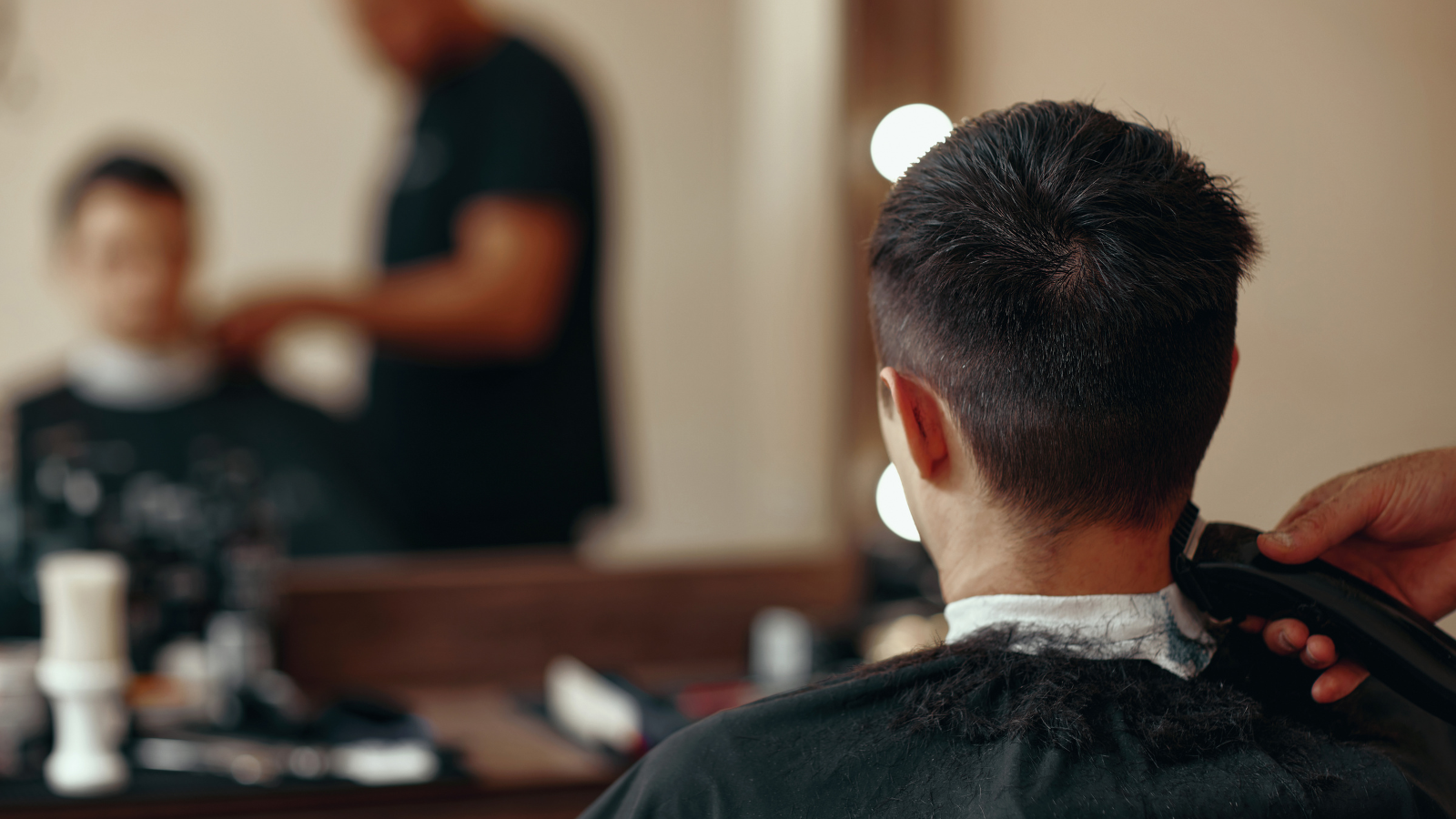Review of ‘The Mask You Live In’
As interesting as this movie might be, one important caveat should not be forgotten: it uses a very narrow definition of masculinity. The film’s website states that it is about how “America’s narrow definition of masculinity is harming boys, men, and society”, but really, this caveat should be made clear in the film itself, because (a) what is depicted in the film shouldn’t be taken to translate to other countries or cultures outside the US. (b) The narrow definition of masculinity (e.g. the idea that men are better than women) might not even generalise to most American men. After all, the evidence for the existence of this type of masculinity is based mainly upon narrow populations – prison inmates and frat house partygoers. (c) The hypothesis is that masculinity is harmful leaves the viewer with the sense that masculinity itself is a bad thing, and does not portray masculinity in any of its positive forms.
There are other problems with this film
“The film repeats the well-worn mantra that “there are more similarities than differences” between men and women, as if this proves that the differences are unimportant.”
1/ The film lacks balance
The film repeats the well-worn mantra that “there are more similarities than differences” between men and women, as if this proves that the differences are unimportant. If the filmmakers were interested in presenting a realistic picture, they could have interviewed any of the large number of respected psychologists (e.g. Prof Melissa Hines of Cambridge) who would have shown the evidence that gender is shaped by the interplay between biology and culture. Even if there are more similarities than differences (a) there are differences, and (b) these differences might have profound implications, as is clearly the case with the differences between men and women anatomically.
2/ What works for women, works for men
Simply urging men to talk about their feelings is not the straightforward solution that the film makes it out to be. There is evidence that in general men solve their problems in a different way to women; women prefer to talk about their feeling, men prefer to engage in problem-solving. Simply telling men to cry more isn’t much better advice than telling them they shouldn’t cry ever. In reality, what we need is health service provision – and indeed a society – that is better able to listen to the way men and boys communicate their distress.
3/ Domestic violence goes both ways
Although there is clear evidence that men are very often the victims of domestic and partner violence by women, the film only presents the anachronistic view that domestic violence is by men against women. More balance could be added here by including a broader spread of research evidence on the subject e.g. by including some of the work done by the ManKind Initiative.
“the film makes a circular argument, that being manly is damaging, and the proof of this is that men who espouse manly views do damage. This is a bit like saying that aspirin is toxic, and then trying to prove this by giving only examples of cases where people have overdosed on aspirin.”
4/ Masculinity isn’t toxic unless you overdose on it
Towards the end of the film we see a peer-to-peer group in a prison talking about how living their life has been defined by what is ‘manly’ (“violence is ok, anger is ok, don’t snitch, fight back” etc), and how this has not allowed them to experience the ‘unmanly’ aspects of themselves (“sissy, compassion, weak, crying” etc). The solution suggested in the film is to reject society’s view of what it is to be manly and to instead decide for themselves how they are going to define themselves. Firstly, I would suggest that the views of the prisoners are a somewhat more extreme version of what it is to be manly than most men’s. Indeed it could be suggested that the film makes a circular argument, that being manly is damaging, and the proof of this is that men who espouse manly views do damage. This is a bit like saying that aspirin is toxic, and then trying to prove this by giving only examples of cases where people have overdosed on aspirin. I think a more sensible message is the suggestion that adhering to the traditional male gender script (being a fighter and winner, provider and protector, and in control of feelings) is ok, and only causes problems when this script is too rigidly adhered to. Most psychologists will recognize that adhering rigidly to any ideas will lead to psychological problems, a central tenet of rational emotive therapy. It would be easy to find cases of men who have manly views and use them for the benefit of others (e.g. in the fire service, sports, explorers, innovators in the sciences etc.), but obviously this all depends on how you define ‘manly’ or ‘masculinity’.
5/ The message of the film is mixed
A young man (probably in his 20s when interviewed) relates his life story. His father was a wife beater and drug dealer, and was imprisoned for much of the boy’s childhood. The young man was raised by his mother and grandmother (“extremely strong and respectable women”) who he emulated, but he felt he didn’t know what it meant to be a man. He was bullied growing up for being ‘unmasculine’, and he rejected adopting the traits that he says society sees as masculine: being violent, boasting about promiscuity, and doing drugs. But later in life, as a senior in high school, he is told by a teacher – a father figure for him – that he is striving too hard to do everything right, when in fact he is already “good enough”. Wise words from teacher, but then the film cuts to the young man cleaning tables in a roadside diner. Cleaning tables in a diner is nothing to be ashamed of, but this juxtaposition does seem to convey the message – we have to presume inadvertently – that men should stop trying so hard in school and settle for cleaning tables in a diner instead.
The film isn’t all bad, for example, it was useful that film described how male depression can manifest differently to female depression, and that men are more likely to act out their depression in aggressive behavior than women are. However, the Achilles heel of the film is that it started out on the wrong foot with too narrow a definition of masculinity. One wonders how much better the film might have been, or how much more good the film might do for America, had they taken a more positive view of men masculinity (Kipling’s If, anyone?).
For those who are interested in other criticisms of the film, see Christina Hoff Sommers’ review in Time magazine
This article was first published on the Male Psychology Network website in 2016
Scroll down to join the discussion
Disclaimer: This article is for information purposes only and is not a substitute for therapy, legal advice, or other professional opinion. Never disregard such advice because of this article or anything else you have read from the Centre for Male Psychology. The views expressed here do not necessarily reflect those of, or are endorsed by, The Centre for Male Psychology, and we cannot be held responsible for these views. Read our full disclaimer here.
Have you got something to say?
Check our our submissions page to find out how to write for us.
.















































